Sumapaz Páramo
The world's largest ecosystem of its kind is home to South America's only native species of bear.
This tundra-like national park is a rough place to live. Rain drenches the earth, and low-lying clouds often cling to the wet ground. The air is cold, wet, and raw. And yet somehow, life still thrives in and around this unfriendly terrain.
Sumapaz Páramo is the world’s largest páramo (alpine tundra) ecosystem. Despite being within the jurisdiction of the bustling City of Bogotá (and its harsh climate), its name literally translates to “utterly peaceful moorland.”
The páramo is a hotspot for biodiversity. It’s home to the spectacled bear, which is South America’s only surviving native bear species. The bears feast upon the flora that thrives there. Frailejones, a type of subshrub in the sunflower family, is its most iconic plant.
The area has long been important to humans, too. It was a sacred area for the indigenous Muisca people, and today, the páramo is a key water source for the Bogotá savanna, the most densely populated part of Colombia. There, water is aplenty—it rains for most of the year, the air is thick with humidity, and the soil is frequently saturated with water.
The abundance of water does pose a bit of a threat to tourists. Thick vegetation conceals stretches of squelchy mud and shallow bodies of water. Visitors unaccustomed to the landscape have been known to fall into these natural “drainages,” which can result in injury and even death.
Know Before You Go
The Sumapaz Páramoo is fully delimited within the Sumapaz National Park and therefore has special protection under Colombian law. The fastest route, which takes approximately one hour and 45 minutes from the urban center of Bogotá, is to drive through the locality of Usme until you reach the Chisacá lagoon that marks the border of the Sumapaz Park.

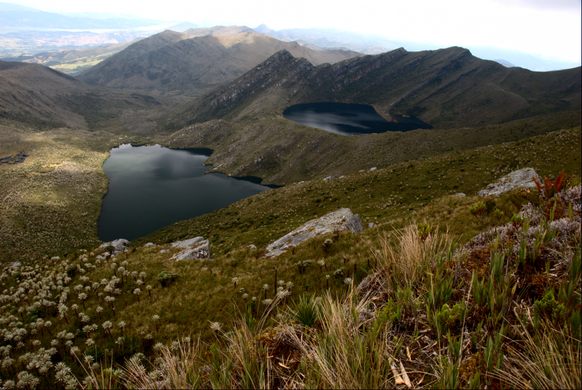


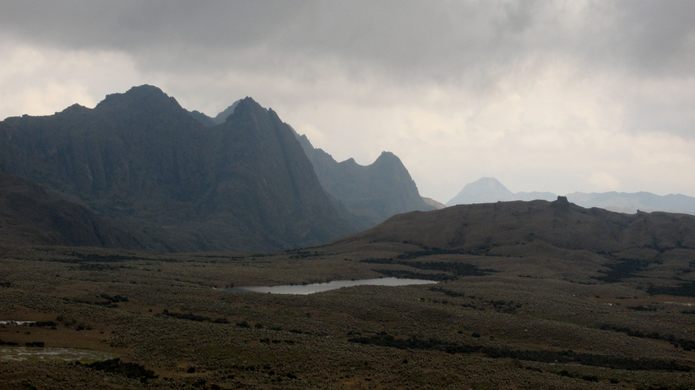
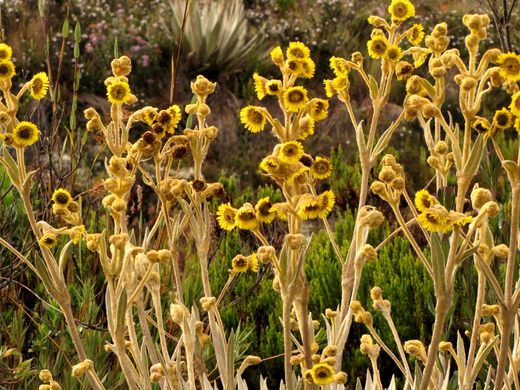


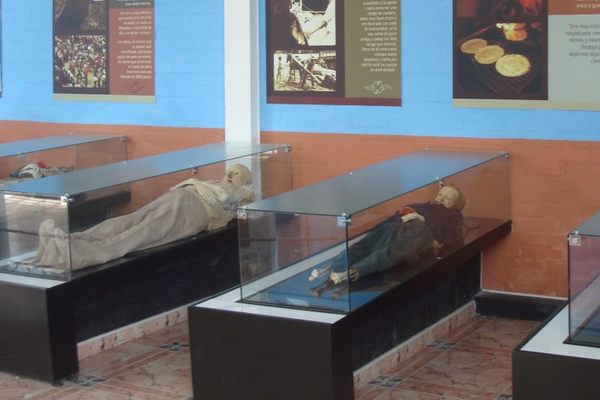
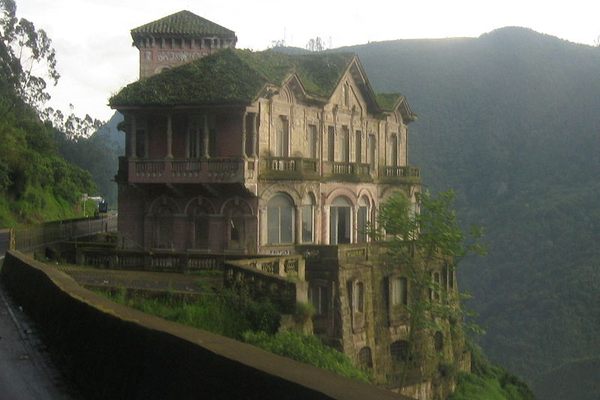
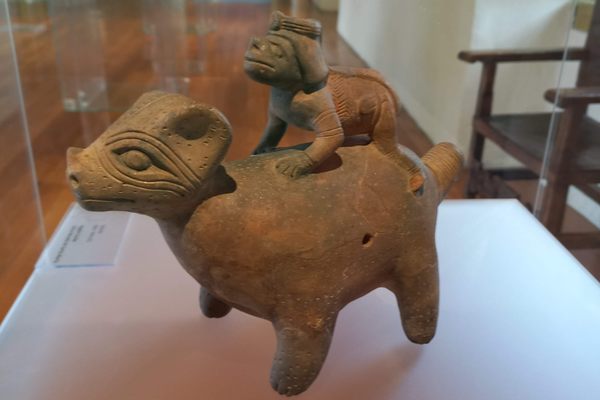
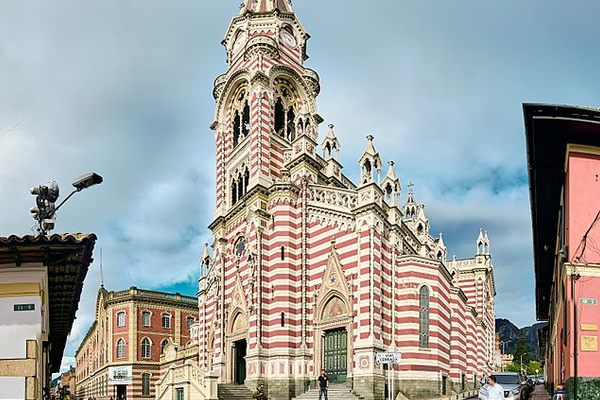


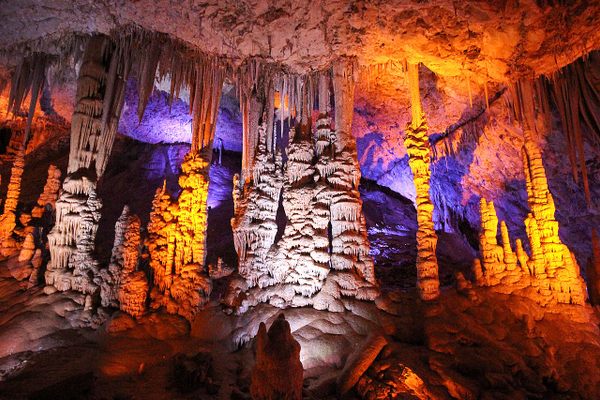
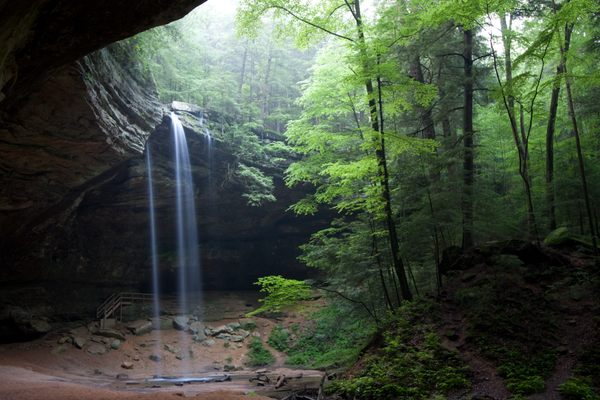

Follow us on Twitter to get the latest on the world's hidden wonders.
Like us on Facebook to get the latest on the world's hidden wonders.
Follow us on Twitter Like us on Facebook